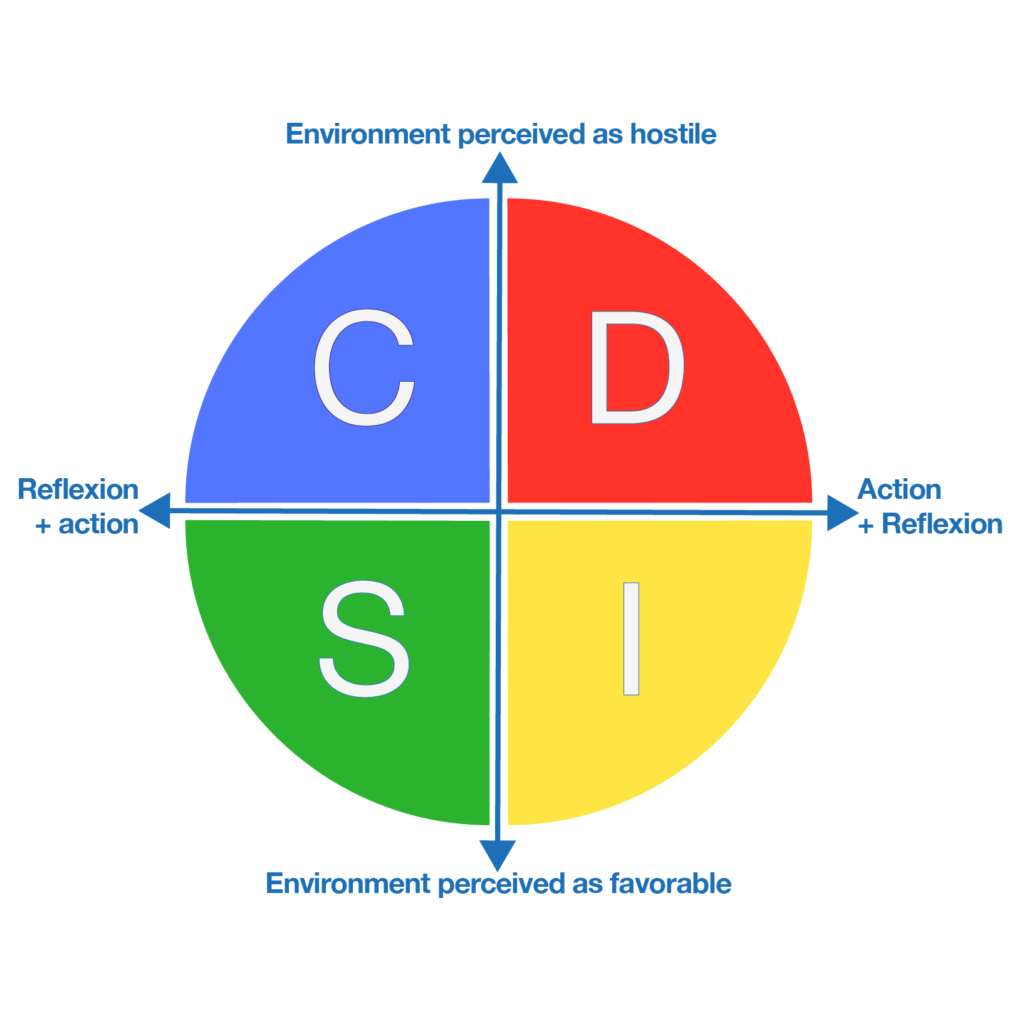Communication is your best friend
Whatever the industry or position, recruiters are looking to hire the best talent for their company, which means you will need to stand out from the other candidates.
Beyond your skills, the way you communicate (both verbally and non-verbally) matters, and sometimes more than you think.
Being comfortable speaking is not an easy thing for everyone, I’ll give you that. This task requires you to overcome your fears, in order to have a structured speech if you want to be effective and get the right message across.
NLP : the champion of communication
Do you know NLP? Not the music group of course, but Linguistic Programming. Born in the 1970s in the United States, NLP aims to improve communication between people. From this discipline you can use two easy-to-implement tools to improve your fluency in a conversation with a recruiter.
→Anchoring
Anchoring is a process quite similar to Pavlov’s conditionning. It consists of associating an emotional state with a specific gesture in order to create a beneficial feeling. So, as soon as you need to reconnect with this feeling, you can repeat the same gesture. The association then becomes a reflex.
During an interview, you can sometimes become stressed and lose your composure. Using this technique allows you to regain your confidence in the moment and overcome your feelings of stress.
How do you use it ?
Choose the internal state you want to find, in this case, calm and self-confident. To do so, think of past events and identify what helped you. Then, choose your anchor, which will be the trigger for your internal state. Your personal anchor should remain unique so that it stays associated with that state. It could be: touching your arm, turning your ring, or touching your thigh, but whatever it is, remember to be discreet.
Think of a memory where you were in the internal state you are looking for and recall the details of that moment. Then imagine you are there again and anchor it with your chosen gesture.
Test your anchoring – if it works, you can use it whenever you want, if not, feel free to repeat the process.
→Synchronisation
Synchronisation is one of the most effective and powerful techniques of NLP in terms of communication. Synchronisation means getting closer to the other person’s way of communicating and even copying it.
Listening and observing allows you to identify everything in the other person that could be useful in synchronisation, which enables you to reproduce what you see, hear, and feel afterwards.
How to use it ?
Use a “preferential” channel
⌯ The auditory channel: « I hear what you say »
⌯ The sensory channel : « I feel what you are saying »
⌯ The visual channel : « I see what you mean »
There are different ways to synchronise :
→Language
Adapt your language to that of the person you are speaking to, using their words and adjusting your voice and tone to theirs.
→Body language and gestures
Adopt certain positions of your interviewer – cross your arms, legs, or maybe even put your hands on the table. All these gestures will help to reflect a “mirror” image to your interviewer. However, be careful, the aim is not to play the imitation game but to adapt so that the person’s subconscious can spot similarities. It’s especially useful with a recruiter !
Sometimes synchronisation is unconscious, we do it without knowing it with people we like – it’s a way of trusting each other.
The DISC : A valuable tool for getting to know yourself and the other person better
DISC is a universal behavioural analysis tool. It’s not an IQ test or a psychometric test. It allows us to decipher the major traits of your personality and it’s a very simple tool to use.
It allows you to have a better knowledge of yourself and others, as well as increase efficiency and flexibility.
DISC is the acronym for the 4 human behavioural traits; Dominance, Influence, Stability and Compliance.

The results of DISC are reliable and are the result of serious studies of behavioural characteristics carried out since the 1930S.
→The interest
We assume that success will depend on :
⌯ A better knowledge of oneself (I better understand my reactions and my way of functioning).
⌯ A better knowledge of others: this useful in our interactions – teamwork for example, posture in communication, sales, job interviews.
⌯ For a company: bringing together the right people.
SP Search enables you to learn these techniques via its training organisation via www.cross-roads.io
Don’t hesitate to contact us for more details on the programme and future session dates.





